Can cutting-edge technology make cruising safe again?
Wearable devices for crowd control, digital casinos and robot crew members are some interventions being pursued by ship designers.
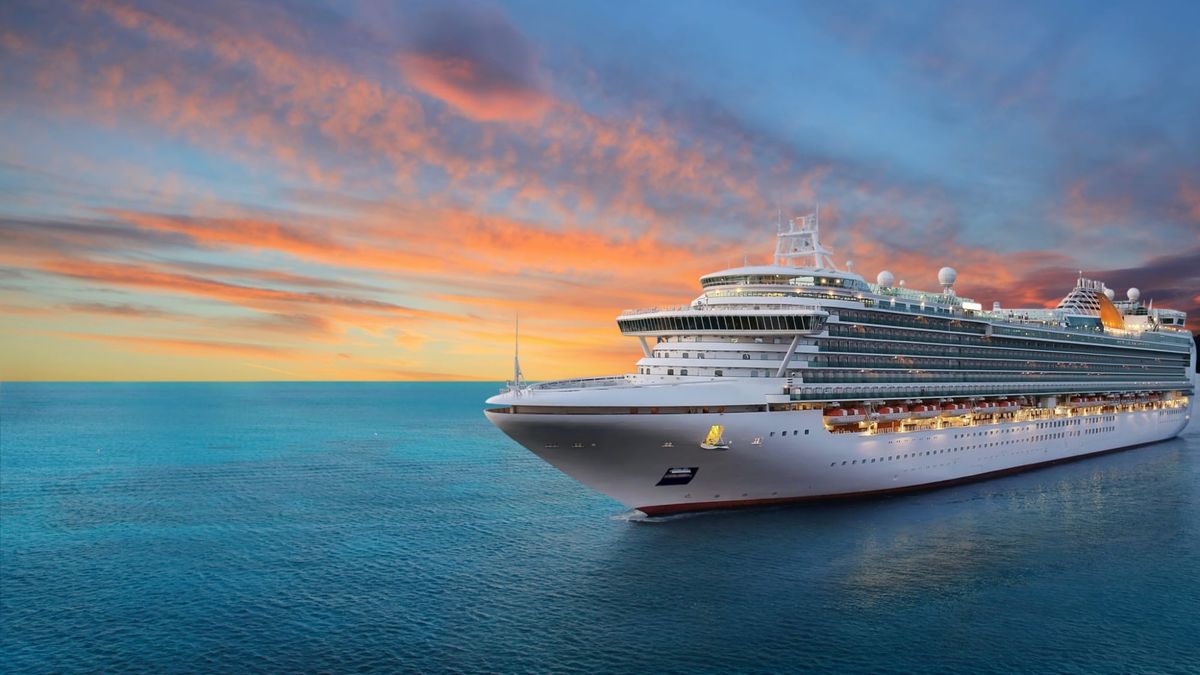
The cruise industry’s first phase of reopening will focus on small, regional sailing, plying more rivers than oceans. But what of the big companies and their giant ships? When these behemoths set sail again, with up to some 8,880 passengers and crew on board, they’ll be on the cutting edge of post-pandemic technology. They’ll have to be.
"Cruising has always been a ‘high touch’ business in almost every aspect," says Chekitan Dev, professor of marketing at Cornell University’s School of Hotel Administration.
You rub shoulders with people at bars. You share the buffet, join crowds for activities and shows, pass off fitness equipment and poker chips, and discover new places on shore excursions with other people.
Cruising is the antithesis of social distancing; it’s all about the group travel experience. “Going to a ‘less touch’ model is going to have to have cruise companies rethink almost everything they do,” he says.
Besides Norwegian, which this week announced some preliminary reopening plans – for example, fleet-wide installation of medical-grade air filters (H13 HEPA) that the cruise line says will remove 99.95% of airborne pathogens – none of the major companies has publicly released specifics on post-pandemic health and safety plans.
(In the U.S., cruise lines await new regulations from the Centers for Disease Control and Prevention; a no-sail order from the CDC remains in effect until at least July 24.)
In the interim, cruise lines will outsource at least some of that “rethinking” process for the post-pandemic era to industrial designers who normally tackle such challenges as putting water slides on top decks.
Their proposals, which are being shopped to cruise executives with the help of virtual reality technology, range from smart, wearable devices for crowd control to elevators that work on voice commands and even robot crew members, among the innovations. Some are already being moved into prototypes under strict non-disclosure agreements.
“Now is the time where we can be creative and crazy,” says Georg Piantino, senior architect at Norway’s YSA Design, a leading cruise ship design company with clients that include Disney, Holland America Line, Norwegian Cruise Line, and MSC Cruises. Here’s what he and other industry experts are lobbying for in cruise ships of the very near future.
Smart tech everywhere
Some of the latest cruise ships already have integrated touchless systems. Princess Cruises, for example, gives guests a quarter-sized wearable device that unlocks cabin doors and pays for drinks, and the app for Celebrity Cruises allows users to open doors remotely.
That trend will only accelerate. Beyond the obvious need for touchless soap dispensers and toilets, trivia games, menus, receipts will be rendered hands-free; elevator buttons will be replaced by motion- or voice-activated sensors.
Smart tech, whether integrated into wearable devices or mobile apps, may also be the key to social distancing.
Especially on large ships with thousands of passengers, Piantino envisions them as being like the buzzers at fast-casual restaurants that alert customers when it’s their turn to use the pool deck or gym (the same goes for crowd control in embarking or disembarking).
Systems that can track your location may also tell passengers which ship locations are at maximum capacity and which are crowd-free. Piantino expects casinos to become touchless, too, with slot machines that can be controlled from your phone.
The main issue, he says, is making sure that people have space to linger while they wait to use popular amenities. “You can’t have them stand [around the pool deck] and watch somebody else bathing,” he explains.
His fix: Direct passengers to activities in less-populated areas. That might mean art tours down guest corridors or daytime lectures in the disco. By extension, cabins with balconies – with no required wait for sunbathing – are sure to become even more prized.
Germ-proof and Quarantine-ready
In some renderings, cabins may shrink to accommodate a vestibule in the entryway to act as a holding area for meals and medication in the event a guest is quarantined. Creating wings of rooms that can be completely sealed off, if necessary, is a further possibility.
Flexible interior layouts with easy-to-rearrange furniture will become paramount for designers, says Anne Mari Gullikstad, chief executive officer at YSA Design.
Inside the cabins, hidden panels behind walls could serve to hook up medical equipment, allowing any cabin to be converted into a hospital room should a viral outbreak occur. Antimicrobial fabrics could repel germs from surfaces that include beds, curtains, couches, and chairs.
“We are now forcing our suppliers to come up with materials that look rich, to preserve the feeling of the luxury cruise that you had before the pandemic,” explains Piantino. The challenge is finding upholstery options that don’t look sterile.
Suppliers are also pitching cruise lines on temperature-taking thermal resolution cameras mounted on walls and electrostatic spray technology, which Norwegian has said it will use to sanitize and disinfect cabins and public areas.
Smaller changes in operation can also make a big difference. Cornell professor Dev, who consults with hotel, cruise, and restaurant companies, says buffets may soon resemble “Chipotles on steroids,” with guests pointing to what they want while servers fill their plates from behind plexiglass barriers.
In sit-down restaurants, menus might be uploaded to mobile apps or – for more of a wow factor – projected right onto the table. In showrooms and theaters, Piantino envisions dividers to separate smaller groups; whether singers and dancers will perform while socially distanced on stage is a separate question.
Dev adds that some amount of cleaning, both in cabins and public areas, could be relegated to robotic vacuum cleaners and disinfecting machines, further reducing human contact.
But who will pay?
The first guests back to sea will undoubtedly serve as guinea pigs for the widespread changes likely to occur, says Dev. “They are risk-takers, so they are the perfect profile with whom to beta test some of these ideas and iron them out for eventual rollout.”
Early returning passengers will shoulder the majority of these costs as well, says Art Sbarsky, a former cruise line executive who has worked for Norwegian Cruise Line, Celebrity Cruises and Crystal Cruises.
“It works in contrast to the thinking there is going to be low-ball pricing when the ships come back” to gin up bookings, he says. “They will need to offset [all the new technology].” (The opposite may be true in cases with less ambitious retrofitting.)
While Sbarsky agrees that massive change will come to every aspect of the cruise experience, he says it’s impossible to make a cruise ship completely touch-free. There’s an emotional aspect to consider: No one wants to vacation in a floating hospital.
“People go on cruises, knowing they are going to be socializing with other people,” Sbarsky adds. “The ideas all sound directionally appealing,” he admits, before pointing out the one major catch: “They all cut into the very fabric of the cruise experience.”
This article is published under license from Bloomberg Media: the original article can be viewed here
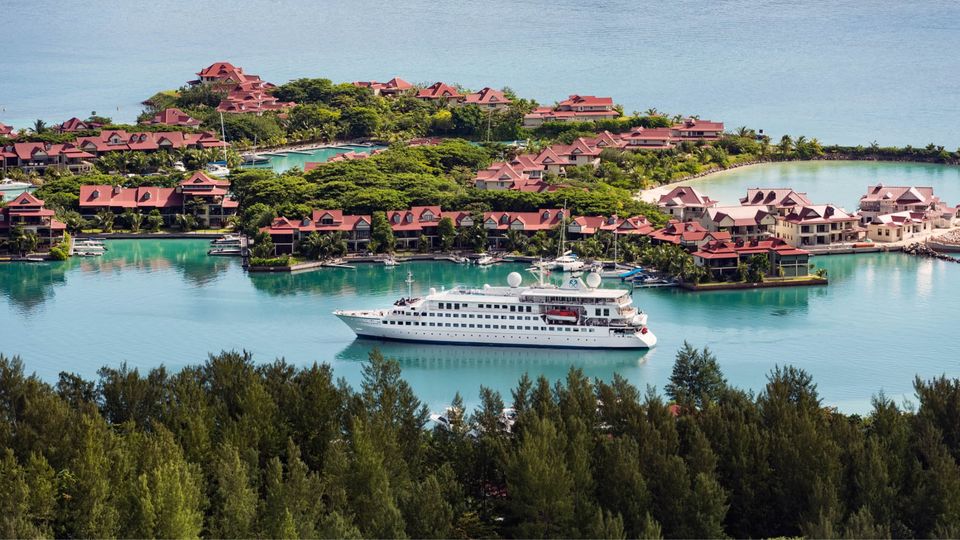
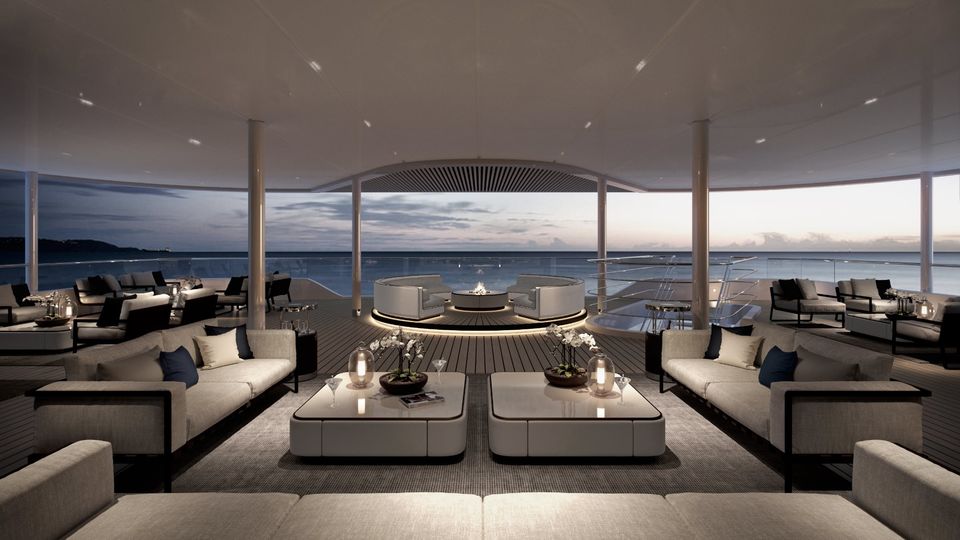
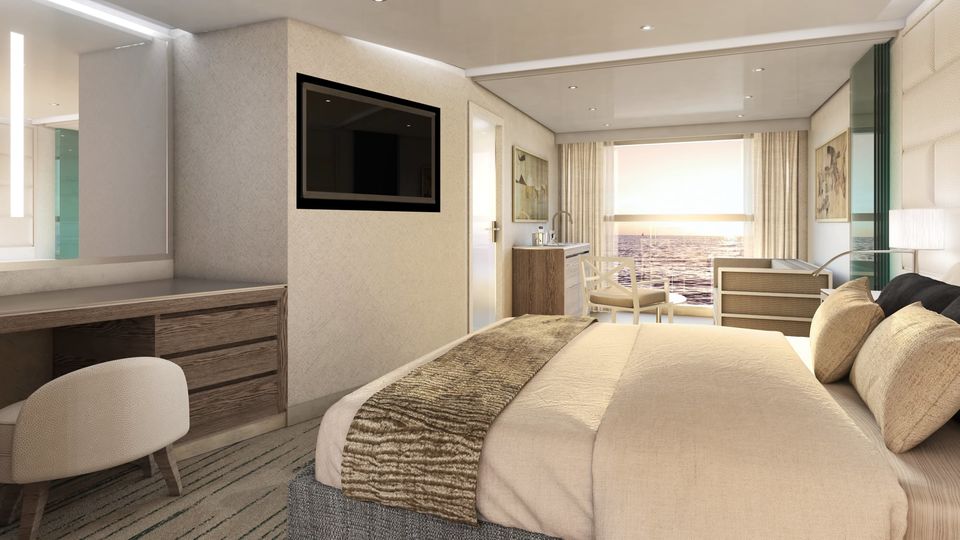
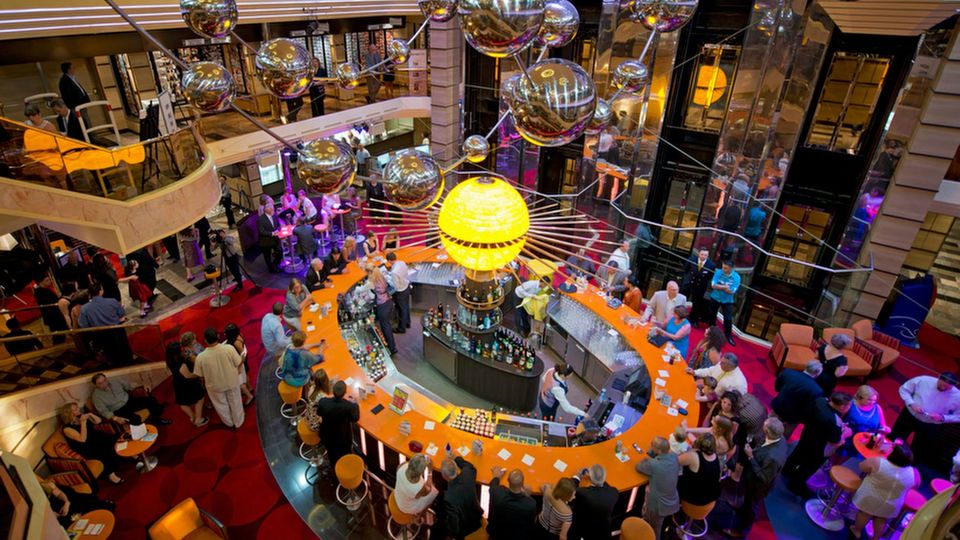
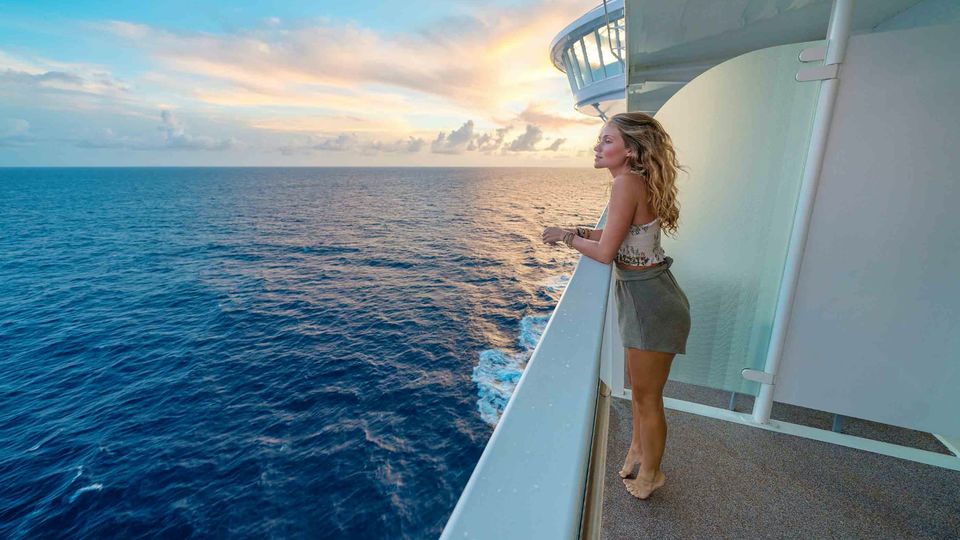

02 Dec 2016
Total posts 32
I think they need to understand the transmission mechanisms that caused so many problems on the Diamond Princess and Ruby Princess. Even with passengers isolated to their cabins, the virus continued to spread quite extensively. The problems may be more "behind the scenes" than guest-centric yet most of the proposals seem focused on guest-centric issues.
I think they also need to re-evaluate how medical services are provided onboard so that anyone who thinks they may be sick do not wait till the last minute before seeking attention because of the prohibitive costs involved (even with some travel insurances). As with regular work-places the old "soldier on" mentality has to change.
I think it will be a few years before I consider cruising again.
Hi Guest, join in the discussion on Can cutting-edge technology make cruising safe again?